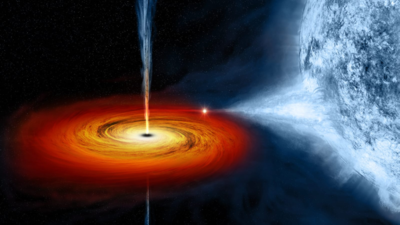Free Courses Sale ends Soon, Get It Now


Free Courses Sale ends Soon, Get It Now



Source: TimesofIndia
Disclaimer: Copyright infringement not intended.
Context
Details
Key Concepts
Characteristics of the Plunging Region
Observational Evidence
Theoretical Models
Importance in Astrophysics
Must read article:
Sources:
|
PRACTICE QUESTION Q. The plunging region around black holes is a critical and dynamic environment where matter transitions from stable orbits to being swallowed by the black hole. Comment. (150 Words) |
© 2024 iasgyan. All right reserved